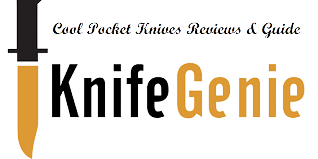It is illegal to carry knives in Pennsylvania, unless they are assisted opening or an auto knife. However, they can be legally stored in a display case. It is also illegal to carry an auto knife outside of your home. While you can legally carry a bladed offensive weapon in PA, you must keep it locked up. If you are caught with a knife, you will be prosecuted for a felony.
There are some exceptions to Pennsylvania’s laws about knives. Switchblades, which are generally considered offensive weapons, are legal to carry in Pennsylvania. In Pennsylvania, you must carry a concealed knife. Generally, knives that are made to be used as weapons or have a locking mechanism are also illegal to carry. Therefore, it is a good idea to seek out the state’s laws to see if your own state has any restrictions about carrying a bladed weapon.
Another important factor to consider is Pennsylvania’s knife laws. While it is legal to carry a bladed weapon openly in Pennsylvania, a knife that is concealed and carried in a pocket is still illegal. Under Pennsylvania law, a knife can only be carried if it qualifies as a defensive weapon, not as a self-defense weapon. The Pennsylvania statute says that knives and daggers are “deadly weapons” and therefore cannot be sold to minors.
